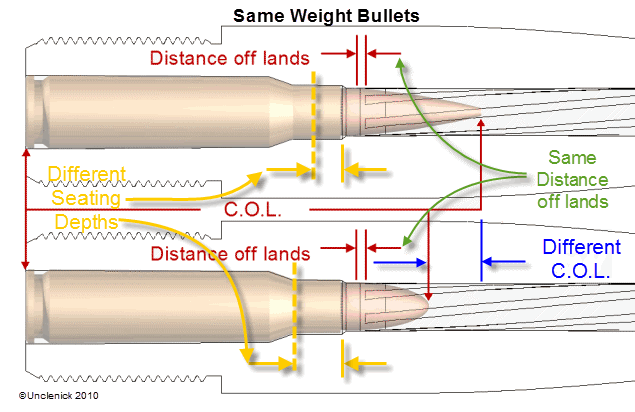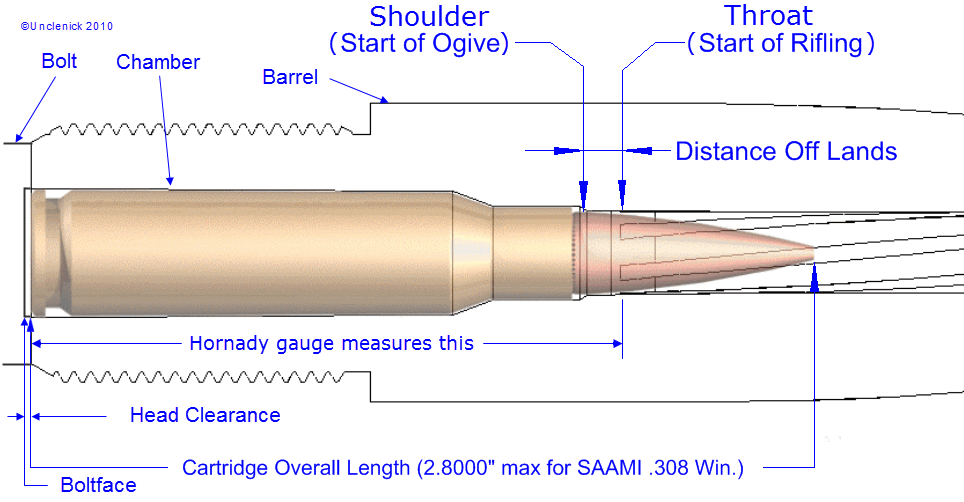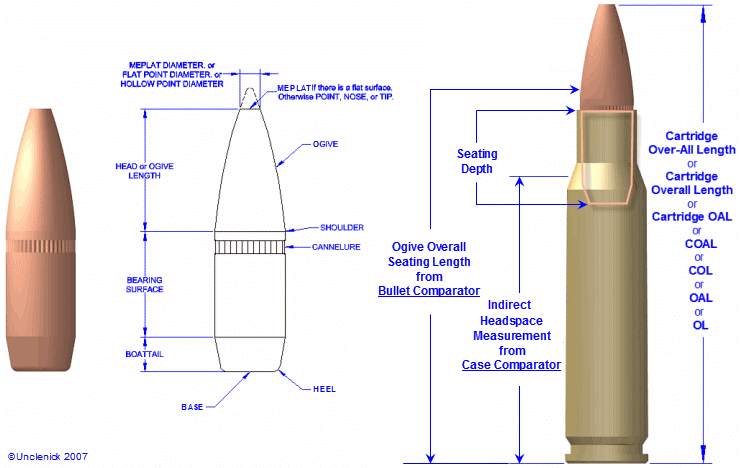REVOLVERfan
New member
Been reading tfl for awhile now, just recently decided to join. Ive been interested in reloading for a while not only to save money so I can shoot more but because I think it seems like a fun hobby and this past Christmas finally got a press (rcbs supreme kit) , been buying all the accessories and dies and just about have my bench built so I can start using it but I have a lot of questions. I have the nosler reloading manual as well as the lee modern reloading manual and a couple of the caliber specific manuals from cabelas, so I’ve been reading them, watching videos and soaking up as much information as I can from here and other websites . I plan on reloading for 9mm and 44 magnum to begin and than go from there.
As for the questions I have is it ok to use any of the major brand name brass and right caliber primers for the loads? for example my lee book doesn’t even list specific primers or brass while my nosler book shows Winchester cases and Remington 1 ½ primers, so would it be ok to use cci or Winchester primers? Or maybe starline brass?
Also what about the bullets, in my nosler book it lists for one of the 9mm loads the sporting handgun pistol 124 grain, would it be acceptable to use the berrys 124 grain hp as a substitute for that or no?
I’m sure I will have a ton more questions but that’s it for now, any help would be appreciated and can’t wait to get advice from all of you , thanks!
As for the questions I have is it ok to use any of the major brand name brass and right caliber primers for the loads? for example my lee book doesn’t even list specific primers or brass while my nosler book shows Winchester cases and Remington 1 ½ primers, so would it be ok to use cci or Winchester primers? Or maybe starline brass?
Also what about the bullets, in my nosler book it lists for one of the 9mm loads the sporting handgun pistol 124 grain, would it be acceptable to use the berrys 124 grain hp as a substitute for that or no?
I’m sure I will have a ton more questions but that’s it for now, any help would be appreciated and can’t wait to get advice from all of you , thanks!




